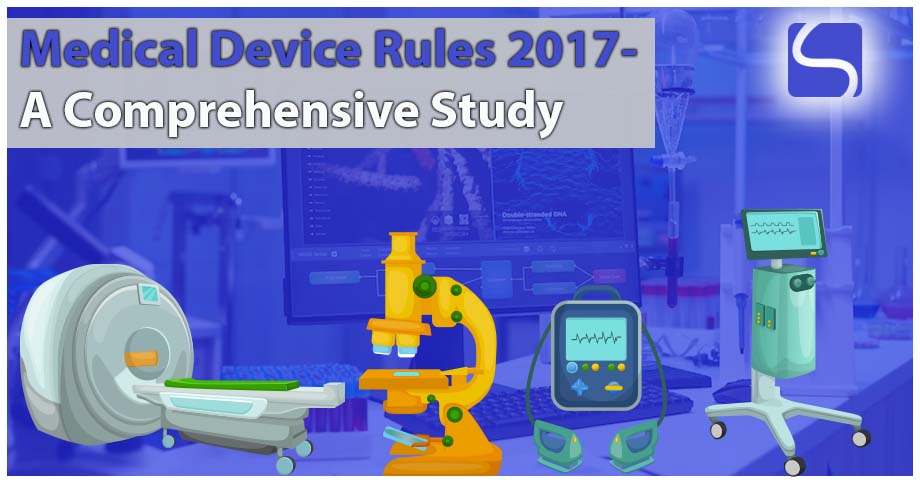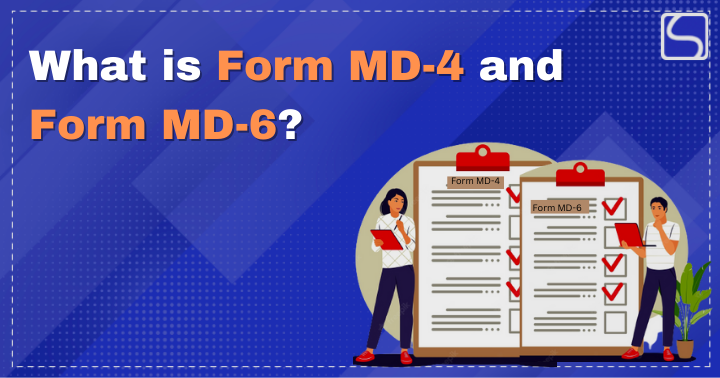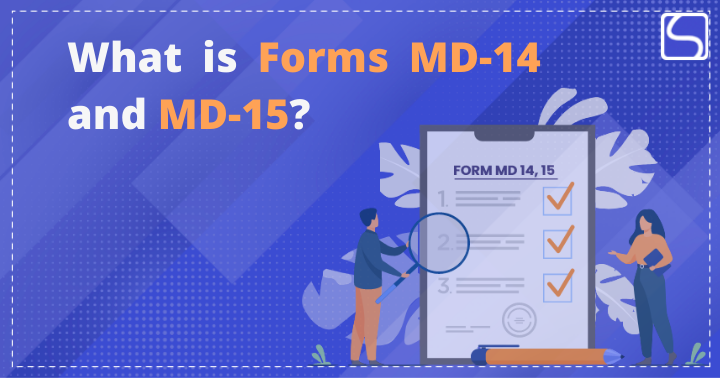Medical Device Rules 2017- A Comprehensive Study

Shivam Narwal | Updated: Mar 09, 2023 | Category: CDSCO
Medical devices play a crucial role in modern healthcare. They help diagnose, treat, and monitor diseases and medical conditions. Medical device regulations ensure that all medical devices are safe and effective for patients. In India, the Medical Device Rules 2017 govern the import, manufacture, distribution, and sale of medical devices. In this blog post, we will discuss the key aspects of the Medical Device Rules 2017.
Table of Contents
Scope and Classification of Medical Devices
The Medical Device Rules 2017 apply to all medical devices intended for use in humans. The rules classify medical devices into four categories based on their intended use and potential risks. The categories are:
- Class A: Low-risk devices such as tongue depressors, bandages, and gloves.
- Class B: Low-to-medium-risk devices such as syringes, surgical drapes, and catheters.
- Class C: Medium-to-high-risk devices such as implantable devices, blood bags, and X-ray machines.
- Class D: High-risk devices such as pacemakers, heart valves, and stents.
The classification of medical devices is based on factors such as duration of use, invasiveness, and potential harm to the patient.
Registration and Licensing of Medical Devices
All medical devices must be registered with the Central Drugs Standard Control Organization (CDSCO) before they can be imported, manufactured, distributed, or sold in India. The registration process involves submitting an application along with the required documents and paying the prescribed fee. The CDSCO reviews the application and may request additional information or clarification before granting registration.
In addition to registration, manufacturers of certain high-risk medical devices must obtain a license from the CDSCO before they can market their products in India. The licensing process involves submitting an application along with the required documents and paying the prescribed fee. The CDSCO reviews the application and may request additional information or clarification before granting the license.
Quality Management System Requirements
Manufacturers of medical devices must establish and maintain a quality management system (QMS) to ensure that their devices are manufactured in accordance with the regulations and standards. The QMS must be documented, implemented, and maintained, and must be periodically reviewed and updated.
The QMS must include procedures for the following:
- Design and development of the device
- Purchasing and receiving of materials and components
- Production and manufacturing of the device
- Testing and inspection of the device
- Packaging, labelling, and storage of the device
- Handling of complaints and adverse events
- Monitoring and measurement of the QMS
- Control of non-conforming products
Labelling and Packaging Requirements
The Medical Device Rules 2017 also provide specific requirements for the labelling and packaging of medical devices. The labelling must include the following information:
- Name and address of the manufacturer, importer, or authorized representative
- Unique identification code or batch number
- Date of manufacture and expiration date
- Instructions for use, including precautions and warnings
- Storage conditions and handling instructions
- Contraindications and possible side effects
- Any special storage or handling instructions
- Information on the device’s intended use and indications for use
The packaging must also be designed to protect the device from damage and contamination during transport and storage. The packaging must be clearly labelled with the name of the device, the manufacturer, and any relevant safety warnings.
Post-Market Surveillance Requirements
Manufacturers of medical devices must establish a post-market surveillance[1] (PMS) system to monitor the safety and performance of their devices after they are placed on the market. The PMS system must include procedures for collecting, analyzing, and reporting adverse events, complaints, and other feedback from users.
The manufacturer must also establish a system for handling complaints and conducting recalls if necessary. The manufacturer must keep records of all complaints, adverse events, and recalls and must provide this information to the CDSCO upon request.
Clinical Investigations and Performance Evaluation
Manufacturers of certain high-risk medical devices must conduct clinical investigations to establish the safety and performance of their products. The clinical investigation must follow ethical and scientific principles and must be conducted in accordance with the Good Clinical Practice guidelines.
Manufacturers must also conduct a performance evaluation of their devices to ensure that they meet the intended performance characteristics. The performance evaluation must include testing of the device in relevant conditions and may include clinical data.
Import and Export Requirements
Importers of medical devices must comply with the Medical Device Rules 2017 and obtain the necessary licenses and registrations before importing devices into India. Importers must also ensure that the devices comply with Indian regulations and standards.
Exporters of medical devices must comply with the regulations of the importing country and provide the necessary documentation and labelling in accordance with those regulations.
Conformity Assessment Bodies
Conformity assessment bodies (CABs) are organizations that assess the conformity of medical devices to the relevant regulations and standards. The Medical Device Rules 2017 require manufacturers to have their devices assessed by a CAB before they can be registered or licensed.
The CAB must be accredited by the National Accreditation Board for Certification Bodies (NABCB) and must meet the requirements of the ISO/IEC 17020 standard. The CAB must also have the necessary expertise and resources to conduct the assessment.
Conclusion
The Medical Device Rules 2017 are a crucial milestone in India’s healthcare industry. The rules provide a much-needed regulatory framework that covers all aspects of the medical device industry, from pre-market testing to post-market surveillance. The rules are designed to ensure that medical devices are safe, effective, and of high quality, which will ultimately benefit patients and healthcare providers. One of the key strengths of the Medical Device Rules 2017 is their alignment with international standards and best practices. By adopting international standards, India can improve its competitiveness in the global medical device market. The rules have helped to streamline the regulatory process and reduce the time and cost involved in obtaining regulatory approval for medical devices. This has made it easier for manufacturers to introduce new and innovative medical devices to the Indian market, which will ultimately benefit patients and healthcare providers. Another significant aspect of the rules is their focus on post-market surveillance. The rules require manufacturers to establish a system for post-market surveillance to monitor the safety and performance of their devices once they are on the market. This will help to detect any adverse events or defects that were not identified during the pre-market testing. The regulatory authority also has the power to conduct its own post-market surveillance activities, which will ensure the ongoing safety and effectiveness of medical devices.
The Medical Device Rules 2017 also provide specific requirements for the labelling and packaging of medical devices. This will ensure that patients and healthcare providers have access to clear and accurate information about the device, including its intended use, performance characteristics, and possible side effects. The packaging must be designed to protect the device from damage and contamination during transport and storage, which will ensure that the device remains safe and effective throughout its shelf life.
In conclusion, the Medical Device Rules 2017 are an important step towards ensuring the safety and efficacy of medical devices in India. The rules provide a comprehensive regulatory framework that covers all aspects of the medical device industry, from pre-market testing to post-market surveillance. By complying with the rules, manufacturers can ensure that their products meet the highest standards of quality and safety, which will benefit patients and healthcare providers alike. The Medical Device Rules 2017 have helped to strengthen the regulatory environment for medical devices in India, which will ultimately benefit the healthcare industry and the people of India.
Read our Article:Top Differences Between Medical Devices and IVDs – An Overview














